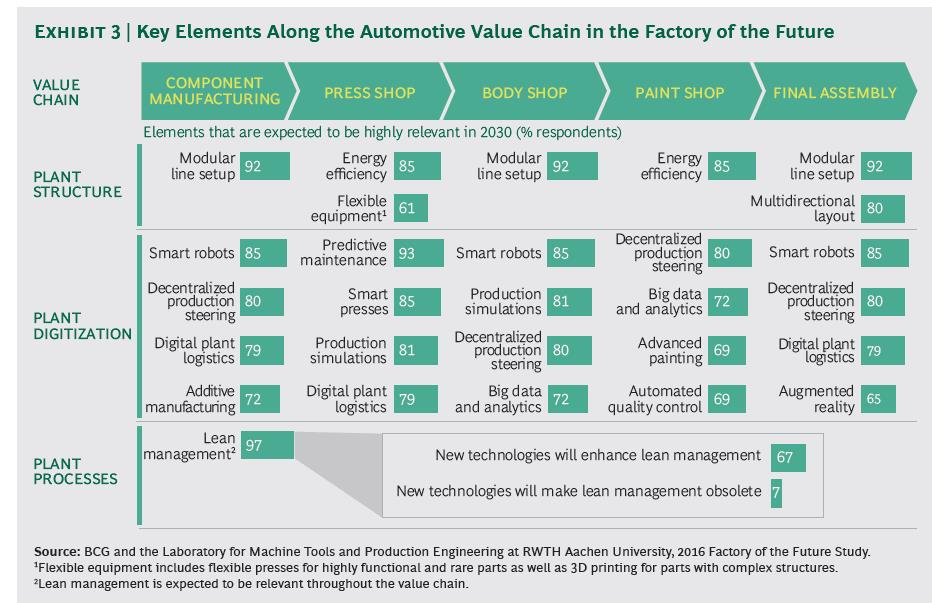
CEOs’ decisions today to pursue digital-first strategies for greater revenue growth are defining their company’s competitive strengths in the future. CIOs and their teams are being challenged to drive a larger percentage of revenue growth in 2017 than ever before by providing IT-based insights daily.
- Enabling faster revenue growth, improving products and replacing obsolete technologies are the top three CEO priorities have for CIOs in 2017.
- 42% of CIOs say “digital first” is their company’s go-forward strategy for IT investments in 2017 and beyond.
- 33% of CIOs consider revenue growth as their primary metric for measuring success with their digital business strategies.
The new economics of real-time integration
IT teams are taking on the challenge by concentrating on those areas that can scale the quickest and deliver measurable revenue results. They’re finding that the integration approaches taken in the past don’t match the speed that customers, sales, suppliers and senior management need today. A key takeaway from CIOs’ initial efforts includes the finding that making small improvements in data latency can increase sales win rates in 90 days or less while improving cost controls. Improving data latency is one of the key factors driving the new economics of real-time integration, which is defined below.
- Integrations’ inflection point has arrived – Digital-first initiatives for defining new channel, selling and product strategies require more speed than batch-oriented integration can deliver. Customers now expect real-time response across all sales and support channels on a 24/7 basis. The pressure to drive greater revenue through digital channels and deliver a consistently great customer experience are forcing an inflection point of integration technologies today.
- Batch-oriented approaches to integration fit well in an era of transaction-centric IT. Asynchronous, tightly-coupled, and relying on ETL for moving data around an enterprise network, these approaches were better suited for more predictable revenue strategies. In contrast, going after new digital channels is unpredictable and requires real-time integration to deliver excellent customer experiences. Service-oriented frameworks that support synchronous data consumption and have low latency are emerging as a better choice for digital-first revenue strategies. Based on loosely-coupled integration points, these frameworks are capable of quickly adapting to new business requirements. Companies including enosiX are revolutionising services-oriented frameworks by removing the roadblocks legacy integration approaches created. The following graphic illustrates integrations’ inflection point and how past approaches to integration are giving way to more synchronous, loosely- coupled service-oriented frameworks capable of scaling faster to drive greater revenue.

- It’s also fuelling faster development cycles, reducing time-to-market and improving app and web services quality. The apps, web services, and APIs needed to launch a digital-first strategy don’t exist off-the-shelf, ready to be deployed for the majority of companies. Every company needs to create customizations to existing apps and web services, or create entirely new ones to support digital revenue strategies. Availability of real-time data through service-oriented frameworks is revolutionizing how apps, web services, and customizations get built. With real-time data designed in, it’s possible to test new apps across more use cases and ensure higher quality too.
- While also enabling IT teams to exceed stakeholder expectations and their goals for digital-first strategies. Integrations’ inflection point is the most visible in how CIOs are now considered more responsible for revenue than ever before. From the initial revenue strategy definition through project managing apps and web services to delivery and producing revenue, CIOs and their teams who see themselves as business strategists excel in their roles. IT teams and the CIOs who lead them are seeing signs of integration’s inflection point every day. They’re seeing just how urgent the inflection point is, and how it’s redefining the economics of how they orchestrate systems together to attain revenue growth. The insights and expertise CEOs, VPs of channel strategy, marketing, cloud & IT infrastructure, and other senior management team members have needed to get quickly translated into apps, web services and digital first strategies that capitalise fast on new opportunities. Only through the use of service-oriented frameworks that can scale to support new revenue processes can any company compete in 2017 and beyond.





















